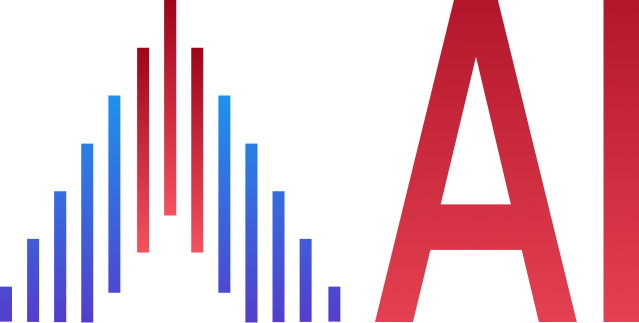What is CFD trading and how does it work?
Contracts for difference (CFD) are a popular way of trading on the price of stocks and indices, commodities, forex and cryptocurrencies without owning the underlying assets. Learn everything you should know about CFD trading and how to use CFDs to go long and short on assets.
What is a contract for difference (CFD)?
A contract for difference (CFD) is a popular type of derivative in finance. Derivatives are time-limited contracts that ‘derive’ their value from the market performance of an asset. This guide has everything you need to know about CFD trading explained in simple terms.
So what does CFD mean in trading? CFDs allow you to speculate on various financial markets, including stocks, indices, commodities, forex pairs, and cryptocurrencies. You never buy the assets, but trade on the rise or fall in their price, usually over a short period of time.
A CFD is a contract between a broker and a trader who agree to exchange the difference in value of an underlying security between the beginning and the end of the contract, often less than one day.
A contract for difference (CFD) is:
- A derivative – you do not own the underlying asset
- An agreement between you and your broker
- Based on the change in price of the asset
- Over a short time period
What are CFDs?
A contract for difference (CFD) lets you trade with just a fraction of the value of your trade, which is known as trading on margin, or leveraged trading. This allows traders to open larger positions given their initial capital. Therefore, CFD trading offers greater exposure to global financial markets.
One of the major benefits of CFD trading is that you can speculate on the asset’s price movements in either direction. You simply buy or sell a contract depending on whether you believe the asset’s price will go up or down. You open a long or a short trade accordingly.
However, you should always note that leverage trading can amplify your wins, but can also boost your losses.

How does CFD trading work?
When you open a contracts for difference (CFD) position you select the number of contracts (the trade size) you would like to buy or sell. Your profit will rise in line with each point the market moves in your favour.
Buy
If you think the price of an asset will rise, then you would open a long (Buy) position and profit if the asset price rises in line with your expectations.
Sell
If you think the price of an asset will fall then you would open a short (Sell) position and profit if it falls in line with your prediction.
What is leverage in CFD trading?
When you are trading contracts for difference (CFDs), you hold a leveraged position. This means you only put down a part of the value of your trade and borrow the remainder from your broker.
Leveraged trading is also referred to as trading on margin. A10% margin means that you have to deposit only 10% of the value of the trade you want to open. The rest is covered by your CFD provider.
For example, if you want to place an order for $1,000 worth of Brent crude oil and your broker requires 10% of margin, you will need only $100 as the initial amount to open the trade.
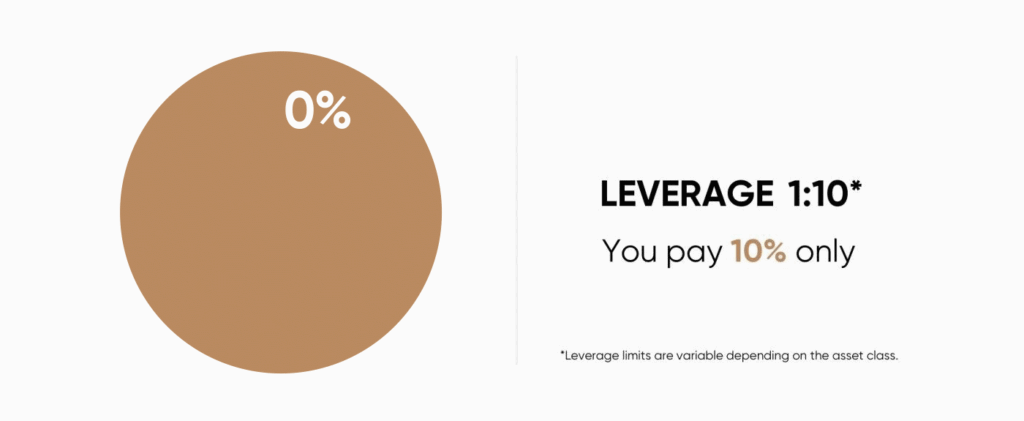
Spread and commission
With CFD trading, you’re always offered two prices based on the value of the underlying instrument: the buy price (offer) and the sell price (bid).
The price to buy will always be higher than the current underlying value and the sell price will always be lower. The difference between these prices is called the CFD spread. At Asia Inside.asia, we do not charge CFD commission on any trades made with us.
The Buy price (offer) is the price at which you start, or open, a long position
You close your position when you Sell
The Sell price (bid) is the price at which you open a short position
You close your position when you Buy
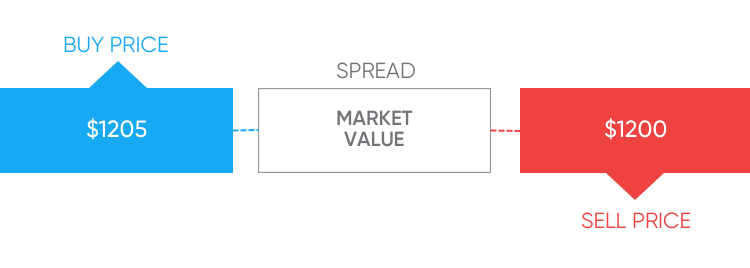
What assets can you trade with CFDs?
You can trade CFDs on shares, indices, commodities, currencies, and cryptocurrencies. asiainsides.com provides access to thousands of different CFD assets across these classes, so you are only a few clicks away from trading the world’s most popular markets all in one place.

The choice of available CFD options is constantly growing. In 2020, Asia Inside.asia significantly expanded its offering and added new markets, which will bring many new attractive trading opportunities. They include: thematic indices (Corona anti-virus index, Crypto index), futures (US crude oil, UK Brent oil), cryptocurrencies (Cardano, Polkadot), MOEX and SGX-traded stocks, etc.
Example CFD trades: Long, short and margin trading
Contracts for difference allow you to speculate on assets’ price movements in either direction. This means you can profit not only when the market goes upwards (goes long), but also when it goes down (short) in price.
If you believe the market will rise, you Buy or ‘go long’.
If you believe the market will fall, you Sell or ‘go short’.
When you open a CFD position, you select the number of contracts you would like to trade (buy or sell) and your profit will rise in line with each point the market moves in your favour.
Going long example
You think Apple shares are going to appreciate and you want to open a long CFD position to profit from this opportunity.
You purchase 100 CFDs on Apple shares at $160 a share, so the total value of the trade will be $16,000. If Apple appreciates to $170, you make $10 a share, which is a $1,000 profit.
The steps in the illustration below are:
165 You start looking at the market
160 You see the price fall, and decide to open your trade (Buy the CFDs).
170 You see the price of your CFD rise, and close your trade (Sell the CFDs), making a profit of $10
Going short example
For example, you think that the Apple price will depreciate, and you want to profit from this movement. You can open a short CFD position (known as short-selling) and profit from a falling market.
This time, let’s say, you decide to sell 100 CFDs on Apple at $170 per share, which then falls to $160 per share. You will have made a profit of $1,000, or $10 per share.
The steps in the illustration below are:
165 You start looking at the market
170 You see the price of your CFD rise, and open your trade (Sell the CFDs), making a profit of $10
160 You see the price fall, and decide to close your trade (Buy the CFDs).
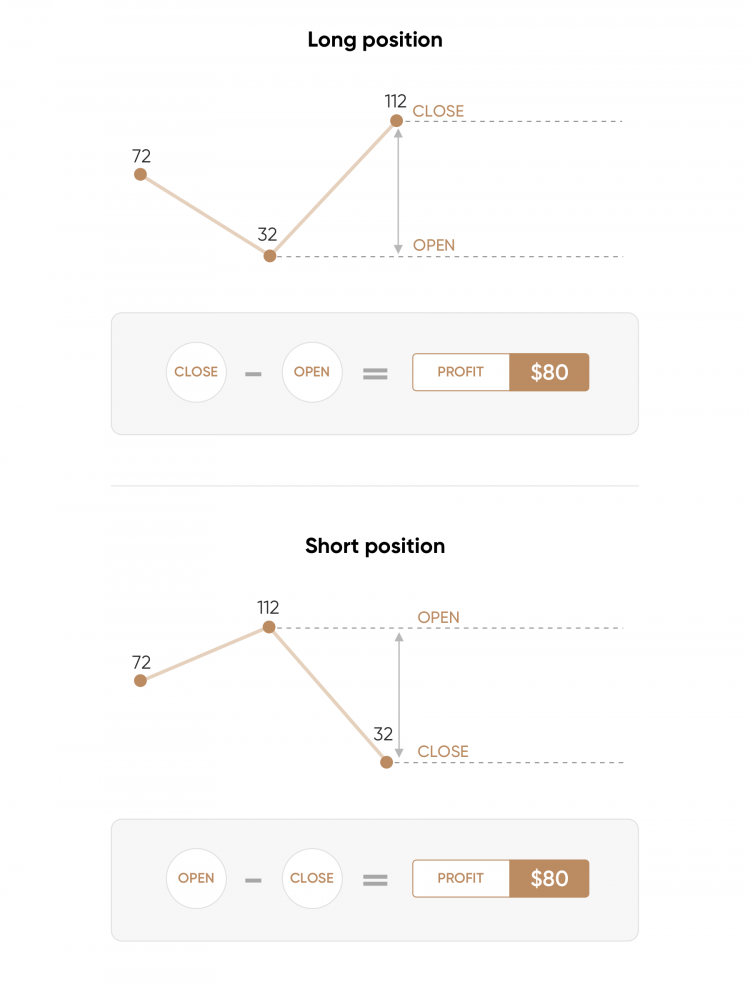
Margin trading example
What is margin CFD trading? Leveraged trading is also referred to as margin trading. This is because the funds required to open and maintain a position – known as the CFD margin – are only a part of the total trade size.
There are two types of margin you should be familiar with when trading CFDs.
Deposit margin: This Is the amount required to open a position
Maintenance margin: This may be required if your trade starts making losses that are not covered by the deposit margin or additional funds held in your account.
The margin required depends on the deal offered by your broker and varies between asset classes and within different regulated areas.
For example, you buy 100 CFDs on Apple at a price of $135.10. Your initial outlay is $2,702 ($135.10 Buy price x 100 shares x 20% margin). The value of Apple stock moves to 150, and you decide to sell at this value – a 14.9 point increase.
The profit you have made from this trade is $1,490, calculated by multiplying the point increase with the number of contracts purchased (14.9pt increase x 100 shares = $1,490).
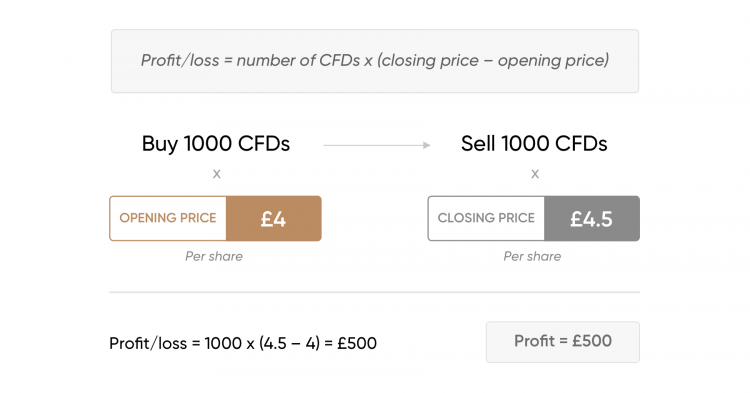
Still looking for a broker you can trust?
Join the 380.000+ traders worldwide that chose to trade with Asia Inside
1. Create & verify your account

2. Make your first deposit

